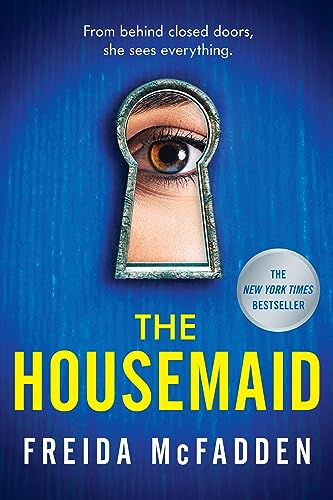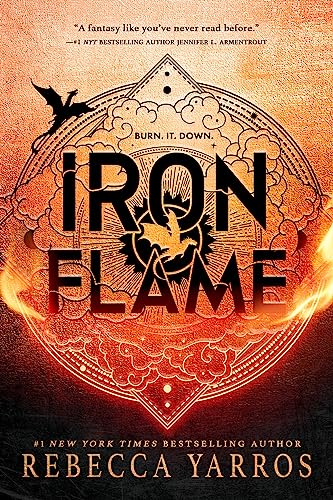The barren forests and snowy hills in the Hudson Valley in winter have seldom looked as terrifying as they appear within Scott Cooper’s The Pale Blue Eye, one that’s much more about the mood rather than originality. However, the chill that the bones feel could increase the suspense factor; Cooper clearly understands that the fate of a mystery is determined by their atmosphere. Those of us who believe that Sherlock Holmes served as a way to enter into the world of serious literary works can attest to this: Victoriana cobblestones, the cobblestones, and gaslights, all were just as crucial as the Holmes cases themselves to our interest, maybe even more than. Now, let’s look at an appropriately dense, fog-like version of those stories, set in West Point in the 1830s and that is a stand-out.

Based on Louis Bayard’s novel of 2003, The Pale Blue Eye is the story of a veteran New York detective, Augustus Landor (Christian Bale) living on his own in the woods. He is recalled from retirement to examine the grisly murder of a cadet from the United States Military Academy. Leroy Fry (Matt Helm) has been found dead, with his heart severed There is no way to decide whether it’s murder or suicide, or even why the incident occurred. The grim-faced, grizzled Landor is a man of no words in his confrontational relationship with the school and he displays complete disrespect towards everyone else around him however, he accepts the facts regardless. He then recruits as his aide an awkward student, Edgar Allan Poe (Harry Melling) who informs him at the start that the person they are looking for is a poet. “The heart can be interpreted as a symbol or it’s not,” Poe explains. “To take away a man’s heart is to trade in symbols. And who is better equipped to perform this task than poets?”
Deep, man. Poe is awestruck by Landor who begins to stare at this stranger with awe. Bale is so adept in his portrayal of the characters who are a bit tense that it’s thrilling to watch warmth towards someone who isn’t his. Landor was widowed by his partner due to illness and his daughter, as we’re told, has recently run away from her home. He was in the woods trying to seek happiness with his family but ended up in a lonely and angry state. When Poe comes to Landor’s home and admires the books that were obviously his daughter’s We begin to see why the elder man has embraced this shrewd poet-cadet He reminds us of his daughter who passed away. Also, Poe claims that often he talks to his deceased mother and father could benefit from some fatherly grounding.
The father-son dynamic is the driving force behind the entire film and is the basis for several crucial moments that will be the movie’s most memorable. This, in turn, calls for a lot from Melling and you don’t exactly know where he’s headed with his enchanting Poe. With his slender eyes and face, which is otherwise cheekbones and chins and chin, he gives the world a charming confident, haunted look. He alternates between bursts of grandiosity and sadness which is the hallmark of a true Romantic. It is hard to not feel the sting of his ending up in a school like West Point. (In the real world, Poe lasted only a few months at the school.) Also, you can tell from his mannerisms and voice it is clear that this is an individual who is likely to create his mark in the world or die dead in the middle of a ditch. (As it transpired, both of these took place.)
From a narrative perspective, The Pale Blue Eye is a fairly typical plot: a hidden note here, a wound that isn’t noticed there, and an encrypted diary here. It’s an extremely cosy genre, however, and a certain amount of familiarity is permitted and encouraged. Additionally, Cooper knows that cliches that are handled in confidence can be effective. (This is for a fact, the person who created Crazy Heart.) He then leans on them. The doomed person doesn’t start coughing, they are in full-on seizures. The narration is performed with an actorly grace. It is also helpful to have a supporting ensemble filled with actors who have starred in entire films: Timothy Spall plays the head of West Point; Toby Jones is the school doctor. Gillian Anderson (!) is the doctor’s emotionally fragile wife and Charlotte Gainsbourg (!!) is a barmaid. Robert Duvall (!!!) plays a professor from the occult. (Is the only American actor in the film? Possibly.) There’s at most one significant miscasting of younger actors however, to go into detail could be considered an unintentional spoiler.
It’s ultimately captivating, not only for Bale or Melling and the eerie scene but also because the murders being examined are brutal at a level that is almost existential. The crimes are gruesome enough to draw the attention of the viewer and Cooper is sure to push us with his musings on the swollen, pasty corpses, the horrifying bleeding wounds, the coagulated ones as well as the fingers stiff from the rigor mortis that is cracked at autopsy tables.
It also creates the film with a problem in delivering a solution that not just has a sense, but also honours the shocking remorse of the crimes that were committed. Incredibly, the film’s final scene is a true laugh — completely unexpected but expertly marketed by cleverly utilizing details. Contrary to many mysteries, which are created to be unsolvable by the audience (which is an acceptable approach however, remember that Arthur Conan Doyle never gave us all the crucial clues also), The Pale Blue Eye provides everything we need to know to figure it out, and yet is able to pull the rug out from underneath us. But what is most memorable are the film’s shifting central connection and its vibrant scene.











